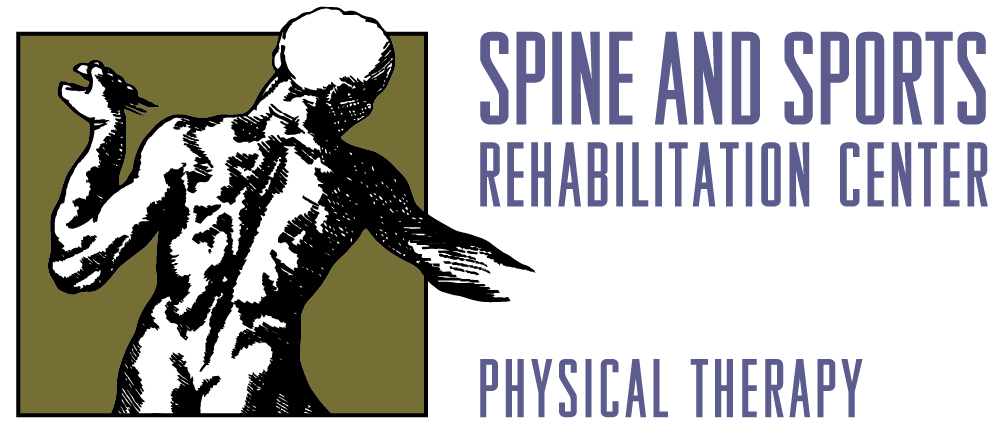What are knots?
What are muscle knots, why do they occur, and what you can do about them?
Consider the following scenario: You are working at your computer, desperately trying to finish your Excel report, you did not get enough sleep, and you are drinking extra coffee to make up for it. Since you are rushing to finish the report, you neglected your normal breakfast of eggs, melon, and avocado and opted to devour the last chocolate donut. In addition, you are not sitting at your fully ergonomically optimized work desk because after the pandemic started, you switched to your couch and coffee table. The next thing you know, your neck and upper traps are killing you. Where did all of those knots come from? You haven’t even been to the gym this week, so why is your neck so sore?
Muscle knots are minor muscle contractures. Contractures are “shortening” adaptations of the muscles due to the excessive linking of the sarcomeres, the small bands that are the building blocks of each muscle. Even though muscle knots are commonplace, why they occur continues to be a bit of mystery.
The cause is hypothesized to be due to a combination of factors: biochemical imbalance, biomechanical overload, central sensitization, and hypoxia. I will briefly explain each and give suggestions on how to fix them.
Biochemistry imbalance:
The excessive amount of coffee and the chocolate donut may contribute to the knots by influencing your body’s biochemistry. When muscles contract, an intricate cascade of physiological processes occurs. In a muscle knot, reduced levels of Adenosine Triphosphate (ATP) and increased levels of calcium tend to be present. Disruptions to the normal biochemical process within the muscle boils down to unhealthy nutrition and improper hydration. Therefore, eating more vegetables and drinking more water may help to address this imbalance.
Biomechanical overload:
Different activities require different demands from different sets of muscles. If you perform certain activities inefficiently, excessive demands will be placed on either the wrong muscle, or on the wrong part of the right muscle. When you started working from your couch, the poor ergonomic set-up increased the stress placed on your upper traps. Excessive strain can be one of the causes of muscle knots. Visiting a physical therapist will help you determine any biomechanical inefficiencies in your workspace and make adjustments accordingly.
Central sensitization:
Central sensitization refers to the brain becoming overly reactive to pain (please read my previous blog post on pain). Research has shown that a hyper-response to pain can contribute to muscle knot formation. Central sensitization can manifest in a number of ways.
Hyperalgesia is a condition in which people have an increased sensitivity to pain. Allodynia is a slightly different condition in which people feel pain from stimuli that is not normally considered painful.
One major cause of central sensitization is inadequate rest. The first step is to determine if you suffer from a sleep deficit; quality or quantity. Most experts recommend 7-8 hours per night!
Vascular restriction and hypoxia:
Studies have also shown that the area within the muscle knot shows reduced oxygen levels and blood restriction compared to the area around the muscle knot. A quick way to treat this is to press on the knot for 30 to 120 seconds (acupressure). The prolonged compression creates a “reactive hyperemia”, or increased blood flow, thus and increase in oxygen to the muscle knot.
The specific science and chemistry surrounding muscle knots are intricate. If you would like to learn more, you can e-mail me at philippe@spineandsportsrehab.com and I will be more than happy to provide you with more information.
The above interventions are just the first steps to alleviating discomfort from muscle knots. If they do not provide any noticeable relief, please consult with any member of our physical therapy team at Spine and Sports Rehabilitation. We will perform a more in-depth examination of your condition and provide an individualized plan of care.
Sources:
Dommerholt J, Fernandez-de-las-Penas C. Trigger Point Dry Needling: An Evidence and Clinical Based Approach. Second Edition. 2018. Elsevier.
Morasaka A, Schmiege S, Mann J, et al. Responsiveness to myofascial trigger points to single and multiple trigger point release massages – a randomized placebo controlled trial. 2017. Am J Phys Med Rehabil. 96(9): 639-645


